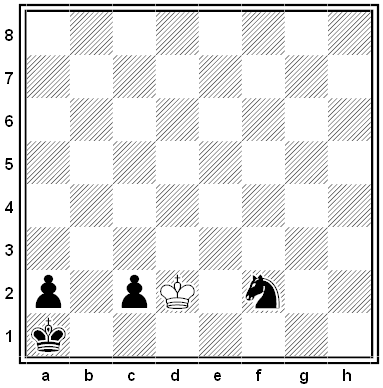A sure-fire way to avoid hangover, from philosopher Josh Parsons:
It’s well known that one can alleviate hangover symptoms with a “hair of the dog” — another alcoholic drink. The problem is that this incurs another later hangover.
But think about this. Suppose that a pint of beer produces an hour of drunkenness followed by an hour of hangover, and that smaller quantities produce proportionately shorter periods. Begin, then, from a sober state, and drink half a pint of beer. Wait half an hour, until you’re just about to start feeling the hangover. Then drink a quarter pint of beer and wait a quarter of an hour, then an eighth of a pint, and so on. After an hour, you will have drunk one pint of beer and experienced no hangover, as it’s manifestly true that every incipient hangover you had was prevented by a further drink.
In his paper, cited below, Parsons addresses some objections to this scheme, including the fact that most publicans won’t stock 1/64-pint glasses and that eventually you’ll be swallowing at greater than light speed, and indeed swallowing something that may no longer qualify as beer. He grants that the task might be a “medical impossibility.”
But “by the time you get to the point where you can’t continue, you will only be incurring a very very short hangover with your last sip of beer. You don’t mind suffering a millisecond’s hangover. Besides, isn’t it worth speculating about whether the cure would work, on the counterfactual supposition that you can swallow at any finite speed, and that alcoholic beverages are made out of infinitely divisible gunk? Such speculations can tell us a lot about our concepts of infinity and matter.”
(He thanks “my colleagues and students for many helpful suggestions, and Central Bar for providing a pleasant environment in which to test my theories.”)
(Josh Parsons, “The Eleatic Hangover Cure,” Analysis 64:4 [October 2004], 364-366.)




